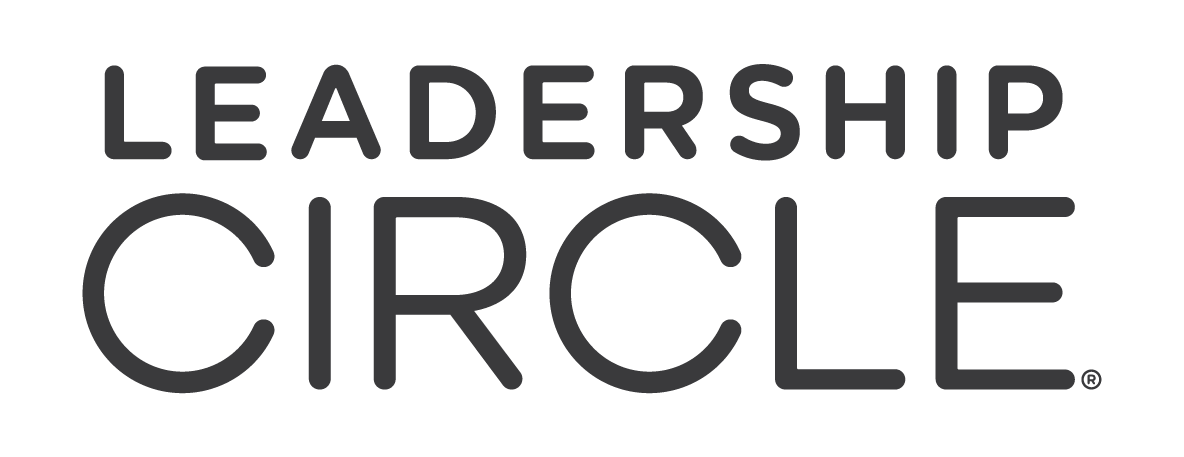Every human, regardless of position or proficiency, has blind spots. These are invisible areas of unawareness or skill gaps that can inadvertently influence our interactions and operations. For individuals in leadership roles, these blind spots can significantly affect the quality of their relationships and performance. However, with a commitment to increase self-awareness and a proactive approach to recognize these blind spots, any leader can devise a plan to refine their leadership skills. This article aims to unravel some of the most prevalent leadership blind spots and provide effective strategies to overcome them.
Prevalent Leadership Blind Spots
Leaders, like everyone else, are prone to the following blind spots:
- Insufficient listening skills – Many leaders fall prey to the pitfall of not actively listening to the feedback or ideas from their team, instead opting to quickly respond or impose their viewpoints. Effective communication entails active listening, followed by thoughtful articulation.
- Nonexistent self-awareness – Some leaders might be unaware of how their actions, decisions, and leadership style affects others. This lack of insight into personal weaknesses can hinder the formulation of effective strategies for improvement.
- Limited perspective – Viewing situations from one lens can cause leaders to unjustly assume their perspective is universally valid, leading to decision errors and interpersonal conflicts.
- Failure to foster talent – Overemphasis on tasks and underinvestment in mentoring and nurturing people can lead to a talent drain in the organization. Leaders should avoid taking their team’s talent for granted.
- Rigid attitude towards change – Leaders who are deeply rooted in the status quo can show resistance or impatience towards new ideas or necessary changes. This resistance to change can hinder organizational growth and development.
- Unbalanced wellbeing – Leaders who overly identify with their work roles risk neglecting their self-care, which can lead to burnout and set an unhealthy precedent for their teams.
Identifying and rectifying these blind spots can drastically boost trust, ensure diversity, enhance engagement and boost morale and performance. So, what leads to these blind spots and how can leaders improve their self-awareness?

Root Causes of Blind Spots
Blind spots commonly stem from organizational culture issues and limited perspectives. Surrounding oneself with “yes people“, neglecting to actively solicit genuine feedback, and not dedicating enough time for introspection can amplify these blind spots. Underlying these dynamics, we often find:
- A desire to avoid humiliation, leading to projecting overconfidence and seeming omniscient.
- Resistance to discard long-established assumptions and operating patterns.
- A lack of diversity in experiences and social networks.
These elements reinforce existing biases and restrict perspectives, depriving a leader of vital growth opportunities. So, how can leaders cultivate personal development?
Blueprint for Improvement
Intentional self-assessment and an unwavering commitment to continual growth are paramount. Below are some strategies leaders can incorporate to enhance their prowess:
- Cultivate Psychological Safety – Leaders should foster an environment where team members feel safe to challenge ideas, share feedback, and admit vulnerabilities. This approach underscores the importance of adopting a learning mindset.
- Invite Diverse Inputs – Leaders must actively seek feedback from people with varied viewpoints and cultural backgrounds. Utilizing advisory groups, polling direct reports, and maintaining receptivity to feedback can contribute enormously to honing leadership qualities.
- Conduct Thorough After Action Reviews – Regularly examining outcomes, successes, missteps, and process deficiencies is critical. Adopting an evidence-based approach and having the discipline to adjust processes accordingly is essential.
- Establish Self-Awareness Routines – Utilize personality assessments to uncover blind spots. Perform self-reviews on leadership behaviors and create a personal advisory board to provide candid advice.
- Pursue Personal Development – Engage with a leadership coach who will challenge your thought patterns and behaviors. Seek opportunities that broaden your experiences and maintain the humility to continuously evolve.

Final Thoughts
In conclusion, recognizing and addressing leadership blind spots is crucial for personal and organizational growth. By fostering self-awareness, inviting diverse inputs, and committing to continuous improvement, leaders can transform their weaknesses into strengths. At Leadership Circle, we are dedicated to helping leaders uncover these blind spots and develop strategies for improvement through our comprehensive assessment tools and personalized coaching.
Our products, such as the Leadership Circle Profile, provide deep insights into leadership effectiveness, revealing both strengths and areas for growth. By leveraging these tools, leaders can enhance their self-awareness, improve their decision-making, and foster a more inclusive and effective leadership style.
Ready to take the next step in your leadership journey? Visit our Leadership System page to learn more about our products and services and discover how we can help you unlock your full leadership potential.





